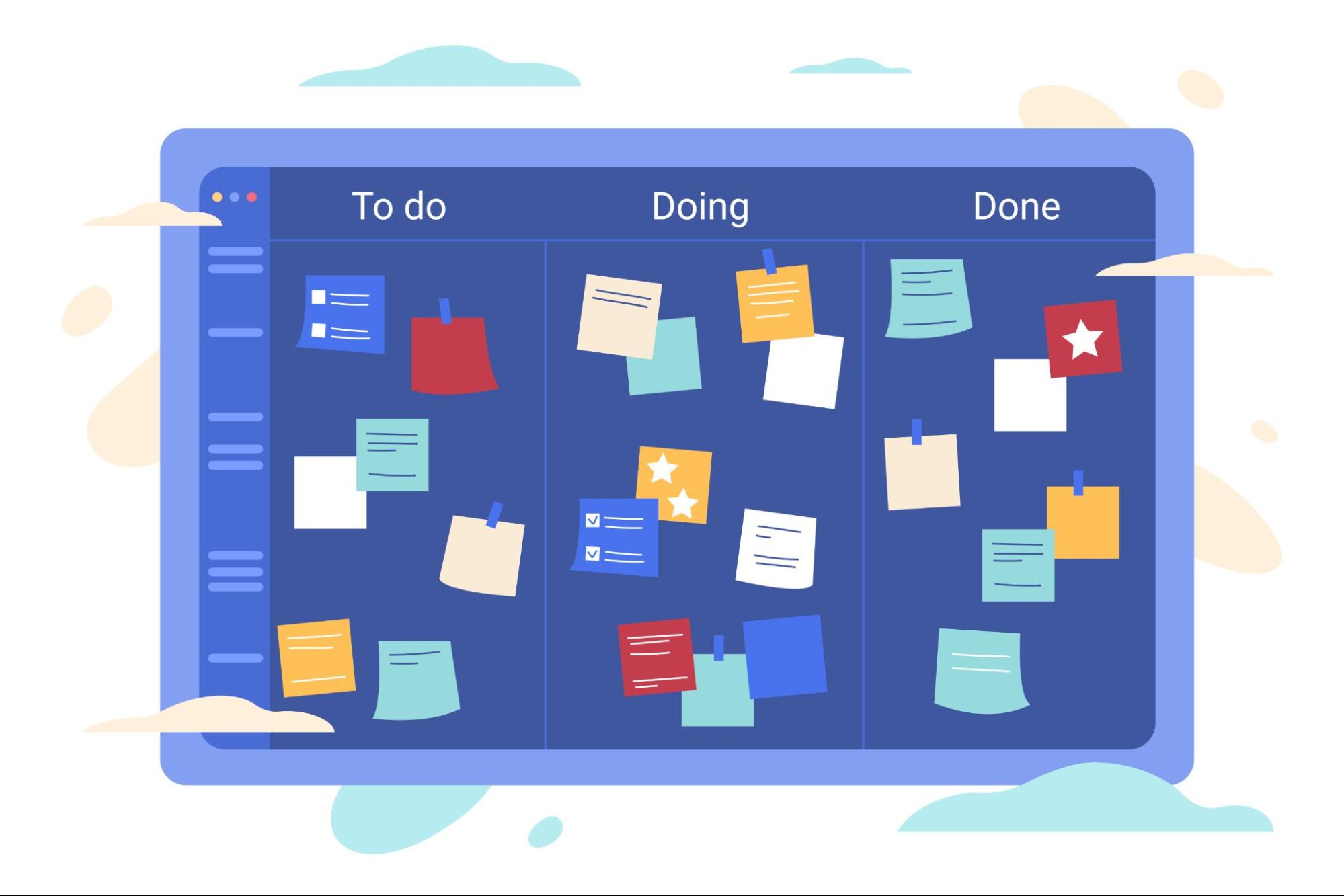

Deciding how to organise a project can be difficult. You have to consider the size of the project, its potential for scalability, and the team members' preferences. Two of the most popular methods of task management for projects are the Kanban and the Scrum task boards. Their approach and ideology differ, and each has its benefits and drawbacks.
The Kanban approach is more open and fluid, with less structure. It is great for smaller projects and is relatively easy to learn and implement. On the other hand, the Scrum task board is more structured, with clear goals and deadlines. It is better suited for larger projects and teams that prefer a more rigid framework.
It is important to consider the size of the project, its scalability, and the preferences of the team members when choosing between the two. The Kanban and Scrum task boards are the foundation of project management, and both have their uses. Ultimately, the decision comes down to what works best for the project.
Kanban and Scrum are two popular project management methods. They share some similarities, but each has unique features and advantages.

Kanban is a visual method of project management used to track tasks and reduce inefficiencies. It is based on the Kanban board, a physical or digital board that divides the project into columns. Cards are written with tasks that move from one column to the next until they are completed.
Kanban has many benefits. It increases transparency by making it easy to see what tasks need to be done and where tasks pile up. This visual aid helps to delegate resources more efficiently and improve predictability. According to the 2022 State of Kanban Report, the top benefits of Kanban include:
Kanban is based on principles from both Agile and Lean. It can be used in tandem with other project management methodologies. It is often combined with Scrum in a hybrid process called Scrumban.

Scrum is an Agile method used for complex projects where it is often necessary to adapt to changes. It is based on short development cycles, called sprints, which usually last from one to four weeks. The Scrum team is self-organized, small (usually no more than nine people), and includes one Scrum Master and one product owner. The rest of the team is called the development team.
Scrum follows an iterative approach to completing projects, meaning tasks are completed and delivered in stages rather than all at once. This makes it easier to adapt to changes and evolving priorities.
The foundation of Scrum is built upon three pillars:

When it comes to Kanban boards versus Scrum boards, the decision often boils down to the size of your team and the nature of your project. Kanban boards shine in smaller teams handling flexible and ongoing projects, while Scrum boards find their strength in larger teams managing structured projects with iterative workflows.
Kanban boasts certain advantages, mainly if your project involves straightforward and easily understandable tasks. Kanban boards are a breeze to manage and interpret if your team doesn't need a ballroom to fit in. They come with clearly defined and simple goals, fostering an open environment where anyone can contribute suggestions to modify the Kanban column structure.
However, there's a catch. The lack of a rigid structure means you must ensure that the tasks in the column are realistic. It's crucial to identify which teams are handling specific projects. Unlike a Scrum board, a Kanban board operates with less stringent accountability. Without a designated owner, the question looms: Who takes responsibility when a task fails to take off?
Scrum boards are more structured and disciplined than Kanban boards. They involve more defined processes (such as Scrum ceremonies) and require two roles (Scrum Master and Product Owner) to be successful. They also have to be completed within a specific timeframe, which requires more management than a Kanban board. However, they have their advantages. Daily standups are great for airing out problems and finding solutions. With Kanban boards, these standups may be more chaotic since the tasks don't have a definite deadline and can be swapped out at any time. Scrum boards are a great way to ensure tasks are completed on time and to the highest standard.
When a project grows, a mix of Kanban and Scrum, known as a hybrid board, can be a smart move. It's like starting with Kanban, which is more flexible, and then moving towards Scrum, which is more structured, as the project expands. Many companies and teams are discovering the benefits of this blend, sometimes called Scrumban or Kanscrum.
The success of using a hybrid board depends on how much the team trusts each other. If you and your team need more organization, leaning towards the Scrum way might be a good idea. But if you prefer to keep things easygoing and relaxed, then Kanban is the better choice.
Organizing tasks for any project is essential to its success, and digital Kanban and Scrum boards offer an effective way to do that. With these boards, you can easily visualize the project and assign tasks quickly and easily. Traditional methods like taking notes, using Post-Its, and whiteboard drawing and erasing are becoming less popular as digital boards become more prevalent.
Remember: Organization is the key to success when using Scrum or Kanban.